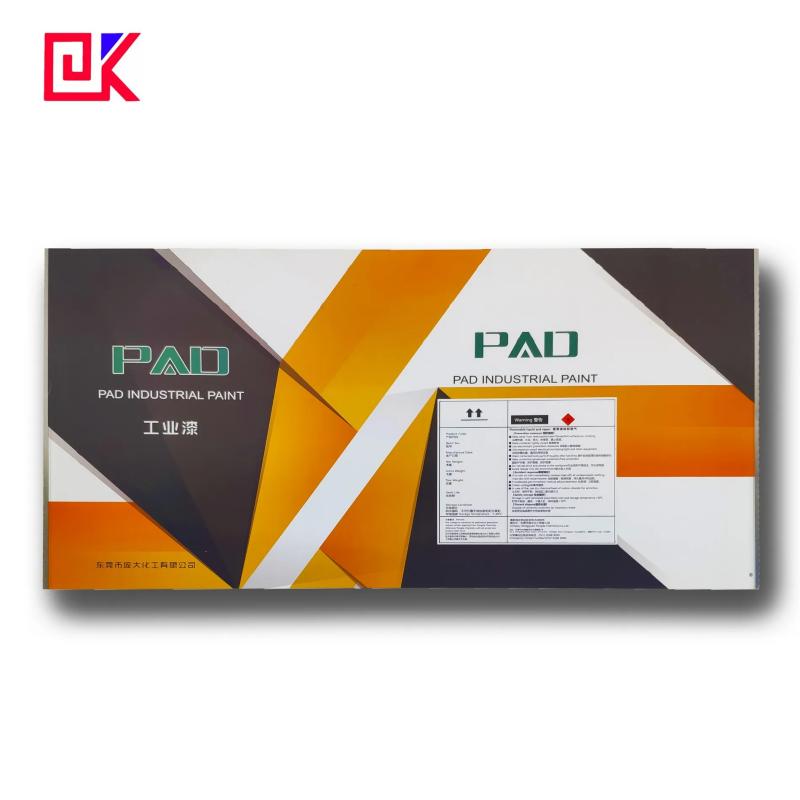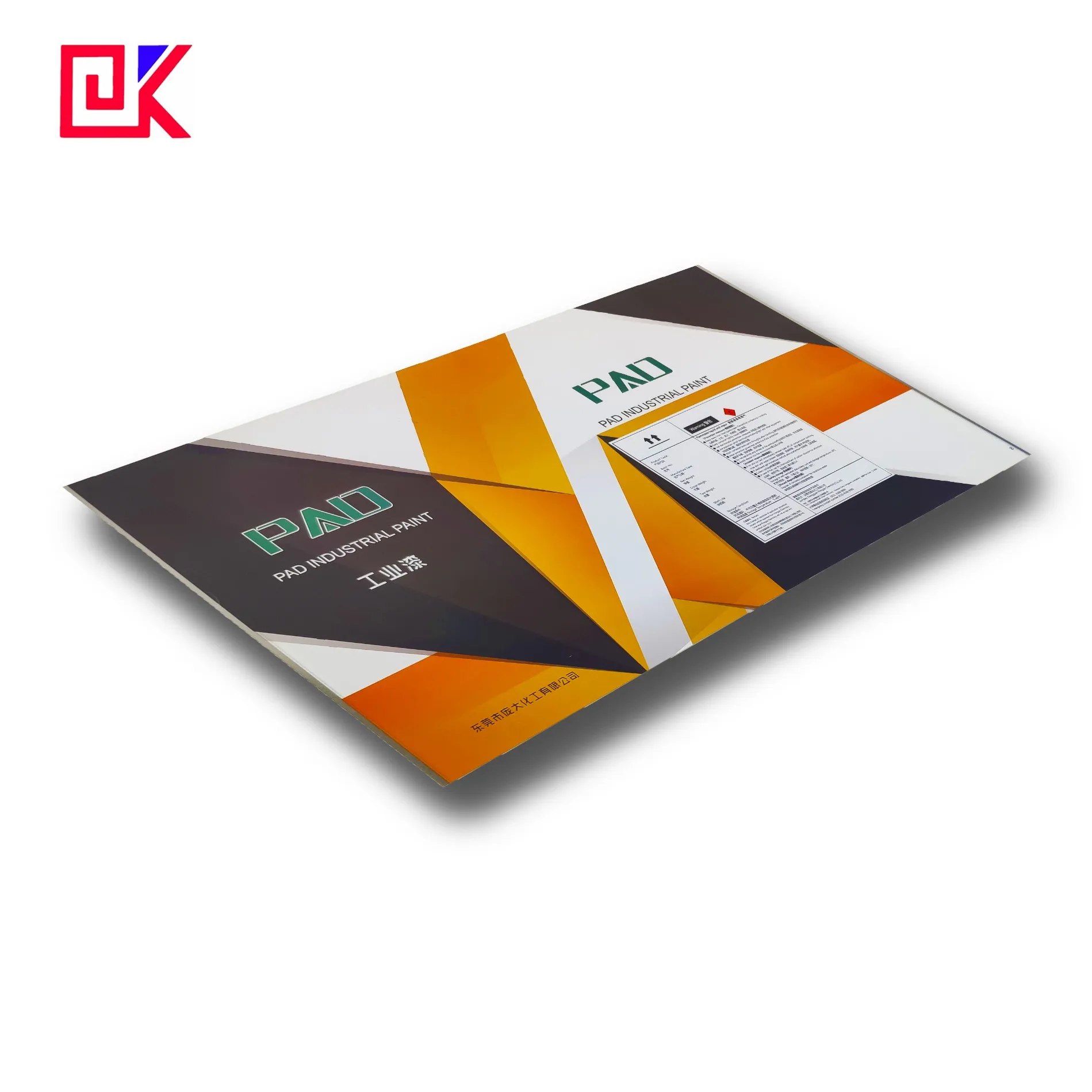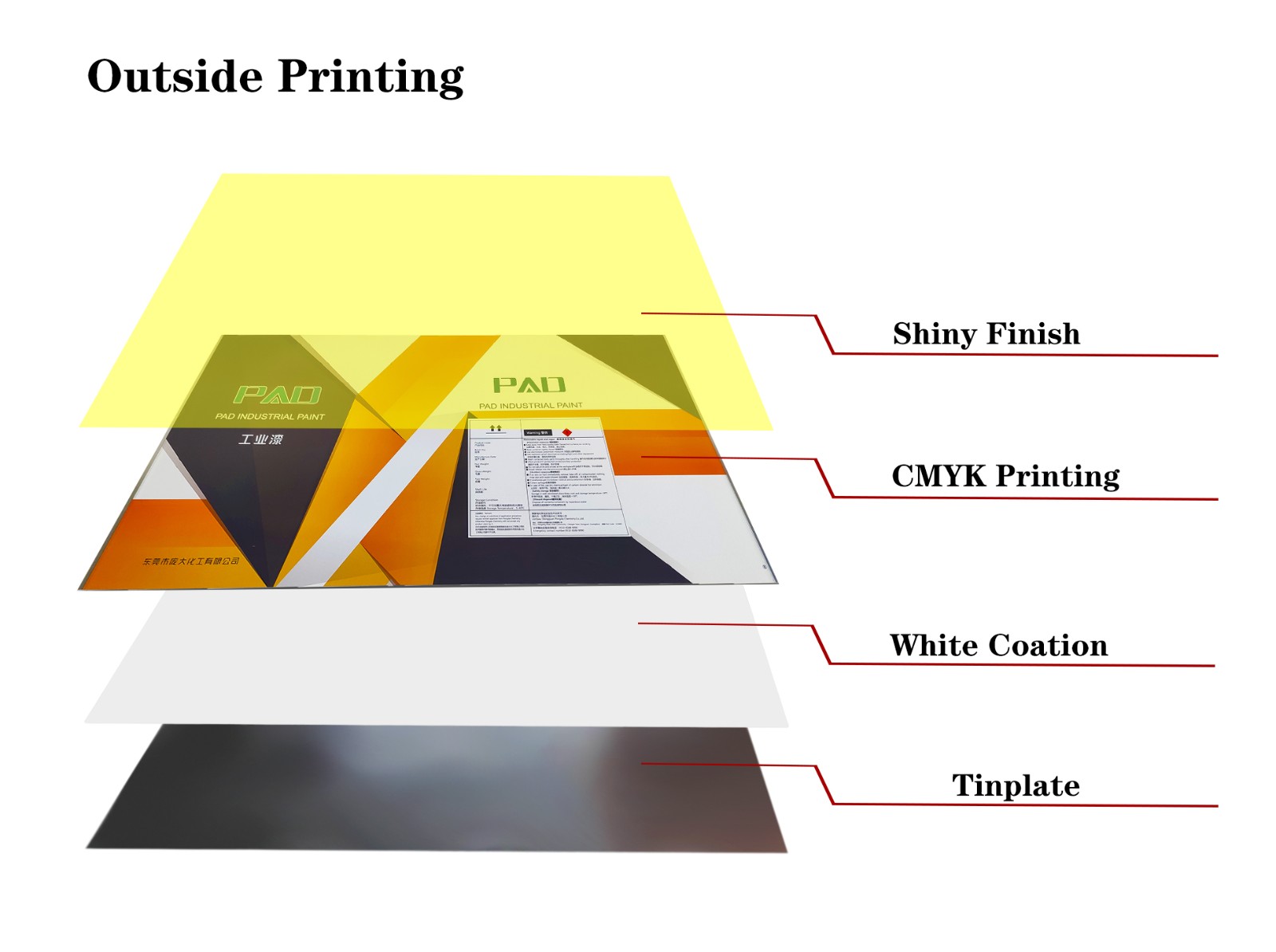Tinplate is widely used in the food packaging industry because of its excellent anti-corrosion, sealing and easy processing properties. Many canned foods, including canned vegetables, jams, carbonated drinks, etc., are packaged in tinplate as the main container. However, when it comes to foods with high acidity, consumers can't help but have doubts: Are acidic foods compatible with tinplate? Will it affect the safety of food? This article will answer these questions step by step.

Why is tinplate widely used in food packaging?
Tinplate is a steel plate material that has been tinned, which has the characteristics of being strong, durable and anti-corrosive. Traditional tinplate is made of low-carbon steel as the base material, and a thin layer of tin is plated on its surface to isolate oxygen and prevent corrosion. The reason why it can be widely used in the field of food packaging is that tinplate has the following advantages:
1. Moisture-proof and anti-oxidation: The surface of tinplate is covered with a tin layer, which has a high chemical stability and can prevent steel from corroding when it comes into contact with oxygen and moisture in the air, thereby extending the shelf life of food.
2. Good sealing: Tinplate cans have excellent sealing properties, which can prevent food from contacting the air and causing oxidation and deterioration, and are particularly suitable for long-term storage of canned food.
3. Pressure resistance: Tinplate materials have sufficient hardness and strength to withstand the external pressure that may be generated during canning and transportation, and protect the food intact.
Although tinplate packaging is anti-corrosive, the tin layer itself is not completely harmless. Under certain conditions, especially in foods with high acidity, the stability of tin may be broken. So is tinplate suitable for packaging acidic foods?

Will acidic foods corrode tinplate cans?
1. How do acidic foods affect tinplate cans?
Acidic foods refer to foods that contain more organic or inorganic acids, such as ketchup, vinegar, lemon juice, jam, etc. The acidic components of this type of food will have a certain corrosive effect on metal materials. Specifically for tinplate cans, acidic foods may affect the tin layer on its surface, which in turn causes the tin layer to react with the steel inside, resulting in corrosion.
Tin is a metal with low activity and usually does not react easily with external substances. However, the acid contained in acidic foods will gradually corrode the tin layer, causing the dissolution of the tin element. Although tin is less toxic, excessive intake of tin may have adverse effects on human health. In addition, when the tin layer of tinplate packaging cans is destroyed by acidic substances, the steel in the substrate will also accelerate oxidation and corrosion due to the loss of the protective layer, directly affecting the quality and safety of food.
2. How adaptable are tinplate packaging cans to acidic foods?
Since acidic substances may affect tinplate packaging cans, tinplate cans used for acidic foods are often made with a protective coating. This coating can effectively isolate the direct contact between food and the tin layer, thereby reducing the corrosive effect of acidic components on tinplate packaging cans. Food packaging coatings are usually made of non-toxic organic materials, have good acid resistance and corrosion resistance, and are suitable for containing acidic foods.
The quality and integrity of the coating are crucial to the acid resistance of tinplate packaging cans. Poor quality coatings are easily damaged or peeled off, allowing acidic substances to directly contact the tinplate layer. To ensure the safety of acidic foods, food manufacturers usually strictly test the acid resistance and adhesion of the coating during the production process to ensure the integrity of the coating.
Is it safe to use tinplate packaging cans for acidic foods?
1. Is it safe to use compliant tinplate packaging cans?
Tinplate packaging cans that meet food grade standards are usually strictly tested to ensure that they can safely contact food and will not adversely affect the taste, nutritional content and safety of the food. For acidic foods, compliant tinplate packaging cans usually add a layer of protective coating to isolate the direct contact between food and tinplate. As long as the coating is intact, it is safe to use tinplate packaging cans for acidic foods.
Food safety regulatory agencies in many countries have strictly regulated the composition and coating safety of tinplate packaging materials to ensure that they meet human health safety standards in food packaging. Qualified tinplate packaging cans will undergo relevant tests before food packaging, such as tin migration tests, acid resistance tests, etc., to ensure safety in acidic foods.
2. What is the impact of coating on the safety of acidic food packaging?
The inner coating of tinplate packaging cans is crucial to food safety. Qualified coatings have excellent acid resistance and corrosion resistance, which can effectively prevent acidic foods from dissolving the tin layer, while preventing the oxidation of steel and preventing metal components from entering food. In addition, qualified food-grade coatings have been tested for non-toxicity and meet national and international safety standards for food contact materials, and will not cause harm to the human body.
It should be noted that the acid resistance, thickness and uniformity of the inner coating of tinplate packaging cans will affect the safety of acidic foods. Therefore, the quality of the coating must be strictly controlled during the production process to ensure that it will not be damaged or peeled off during use.

How to judge whether tinplate canned acidic foods are safe?
1. How do consumers choose compliant tinplate packaged foods?
For ordinary consumers, choosing regular brands and qualified tinplate canned acidic foods is the key to ensuring safety. When purchasing, you can pay attention to the product certification marks on the packaging, such as food grade certification marks, safety production licenses, etc. Branded food packaging cans are usually marked with relevant quality certification information, and consumers can judge their compliance based on such marks.
In addition, consumers should pay attention to the appearance of tinplate packaging cans and avoid canned foods with obvious dents, rust or surface damage. Cans with damaged appearance may affect the integrity of the coating, thereby affecting the safety of the food.
2. How to store acidic foods in tinplate cans?
Acidic foods will slowly corrode tinplate during long-term storage, so storage conditions have a great impact on the stability of the packaging. In general, acidic foods should be stored in a cool and dry place before opening, avoiding direct sunlight. It is recommended that the opened food be consumed as soon as possible, or transferred to other non-metallic containers for storage to avoid the long-term action of acidic components on tinplate packaging cans, resulting in possible metal migration.
What are the national standards for tinplate packaging of acidic foods?
In order to ensure food safety, many countries have standardized the standards for food-grade tinplate packaging cans to control the composition of tinplate and its use in acidic food packaging. The following are the standard requirements for food-grade tinplate in some countries:
● China National Standard: Limits the amount of metal migration in food contact materials to ensure that no harmful substances are produced in acidic foods. The national standard stipulates the requirements for tin migration testing of tinplate packaging cans.
● US FDA Standard: The US Food and Drug Administration (FDA) requires that the coating in food contact materials meet acid and corrosion resistance standards to ensure that no toxic substances are released in food.
● EU Standard: EU Standard strictly controls the composition of food packaging materials, especially for packaging that comes into contact with acidic foods, requiring that the material composition is harmless to the human body, and that the acid and corrosion resistance of the coating meet food safety requirements.

